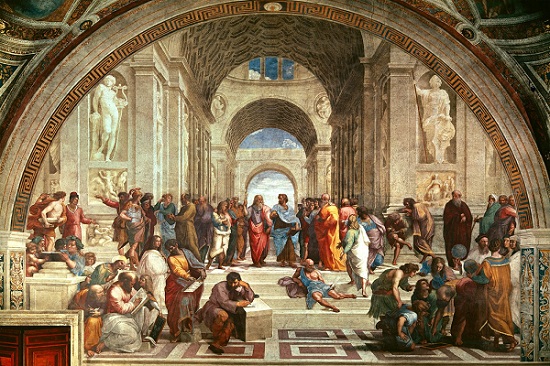
The fresco The School of Athens by Raphael (c1509-11) is one of my favourite works by Raphael, so I decided to share a little about this work here, and as an aside I am currently doing an embroidery of this wonderful work.
This fresco is the most famous of the frescos commissioned by Pope Julius II when he was remodelling his private chambers in the Vatican palace. In 1508 Raphael and his assistants undertook the task of decorating all four of the grand rooms of the private chambers, and the work continued under Pope Leo X, Julius’ successor, albeit Raphael died before the rooms were completed.
This monumental fresco depicts an imaginary gathering of classical philosophers and scholars and sits above head height on the wall of the Stanza della Segnatura with its vaulted ceilings. In order to achieve the graceful poses, the expressiveness of the figures and their sense of movement, all of which this fresco is famous for, Raphael made hundreds of detailed studies and sketches.
The pictorial scheme of the Stanza della Segnatura shows that it was clearly the papal library and private office. The theme on all four walls is the search for truth and enlightenment, and the fresco of The School of Athens represents the pursuit of rational truth through philosophy. Central to the fresco are the figures of Aristotle and Plato, the two great classical Greek philosophers, who represent two different schools of thought.
It is said that the majestic style of this work, with the serene movements and gestures of the figures, the grand architectural composition with its sense of symmetry and spatial depth all combine to make this a masterpiece of the High Renaissance. Raphael is said to have encapsulated in this fresco, the classical ideal of the pursuits of knowledge.
In the far right of the painting looking directly at the view is Raphael himself, wearing a dark beret, the customary headgear of the painter.
The images of Plato and Aristotle are there to represent theoretical and natural philosophy. Under his arm, Plato holds the Timaeus, one of his dialogues. Plato believed that a world of ideal forms existed beyond the material universe, so Raphael has him pointed to the heavens. He looks like Raphael’s contemporary, Leonardo da Vinci, to whom the artist is paying tribute. Aristotle is holding his famous Ethics and is gesturing towards the ground, as he believed that knowledge is only gained through empirical observation and experience of the material world.
Another of Raphael’s inclusions in the painting is Heraclitus ( an actual portrait of Michelangelo who was working at the time in the nearby Sistine Chapel), in the foreground of the painting with his head resting on his hand leaning on a block of marble. Heraclitus was known as the “weeping philosopher” and here he seems to be in deep thought, writing on a piece of paper.
Diogenes is also represented lounging of the steps partially clothed. He was a controversial character who chose to live in poverty inside a barrel.
Euclid (the “Father of Geometry”) is seen learning over and demonstrating a mathematical equation and surrounded by a group of young men.
On the opposite side of the painting to Euclid is Pythagoras, He is also demonstrating theories of geometry and is also being watched by a group of students.
The two other key philosophers included on the fresco are Zoroaster and Ptolemy, clearly depicting a discussion which could never have taken place. Here we see Zoroaster, prophet and philosopher of ancient Persia, talking to Ptolemy, the Greek mathematician, geographer and astronomer. Ptolemy, who believed that the earth was the centre of the universe holds a terrestrial globe in his left hand, while Zoroaster holds a celestial sphere.
This painting never ceases to inspire me, whilst the other frescos in the Stanza della Segnature are spectacularly beautiful, I am drawn to this one because it does represent the pursuit of knowledge, something that is very close to my heart.


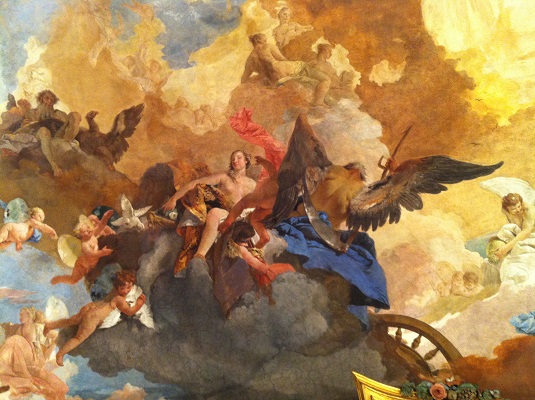
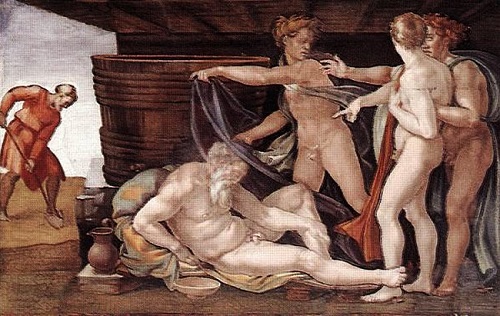

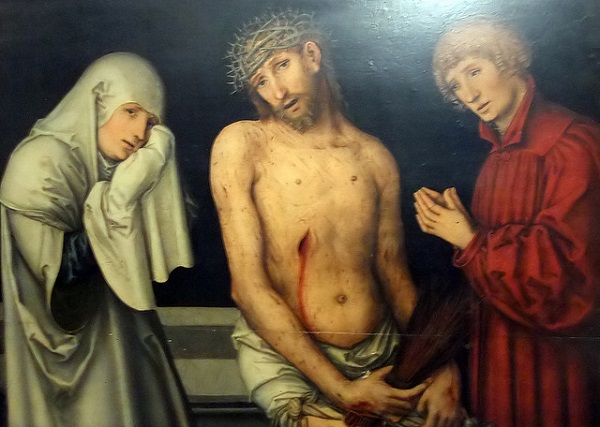
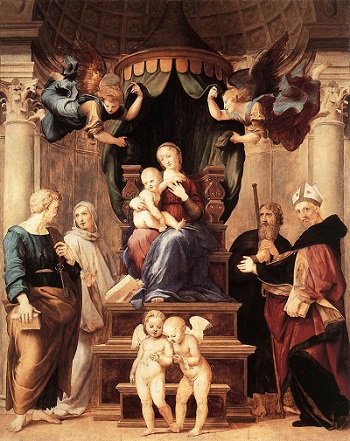
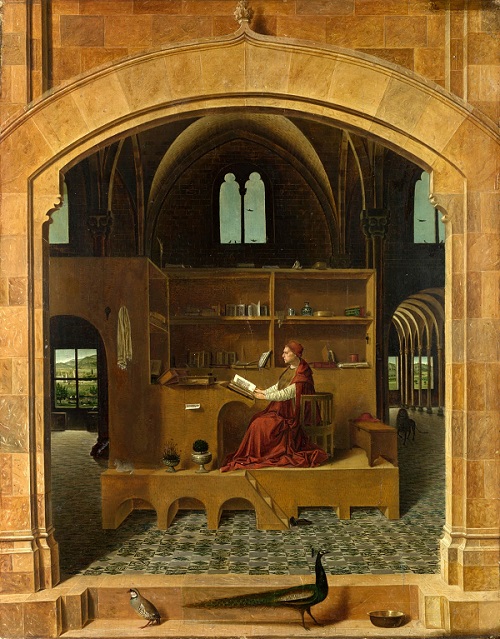
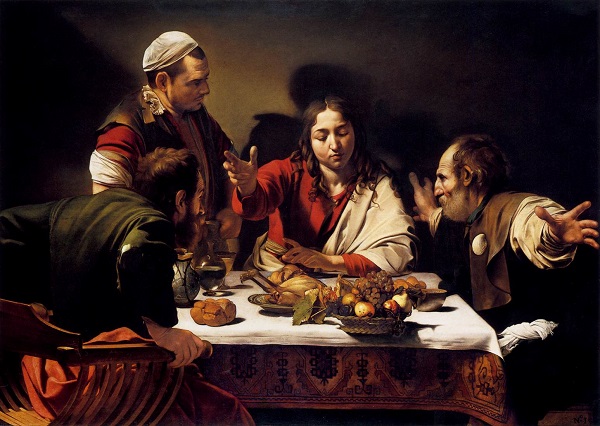



I appreciate you taking the time to comment and I am grateful your cousin recommended my website. I enjoy putting the content together and write all content. Thank you,